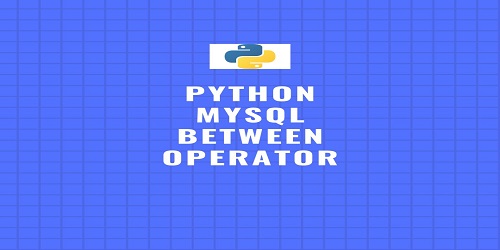Table of Contents
System in Computer:
Systems are, in fact, all around us. For example, we are living in the Earth system, we are working under a Governmental system, and we are following the rules of a School or College system. Even our body functions as a coordination of various systems. Our means of communication with others is a language system.
So, we can define a System as: “A system is simply a set of components that interact to accomplish some purpose.” OR “A system is an orderly grouping of interdependent components linked together according to a plan to achieve a specific objective.”
The components that makeup systems may actually be other smaller systems or subsystems. Organizations consist of many business systems, each having the features of the general system. The purposes of information systems are to process input, maintain files of data about the organization, and produce information, reports, and other output. An Information System can be defined as a subsystem of the business. Specifically, it is an arrangement of interdependent human and machine components that interact to support the operational, managerial, and decision-making information needs of an organization. Information Systems consist of subsystems, including hardware, software, and data storage for files and databases. The set of subsystems that use these specific equipment, programs, files, and procedures constitutes information systems applications. Thus, information systems can be used for purchasing, accounting, payroll, or sales applications.
Categories of Information Systems:
System analysts develop different types of information systems to meet a variety of business needs. The different types of Information Systems are:
(1) Data Processing (EDP) Systems- Processing large amounts of data for routine business transactions, these systems run a series of programs on an automatic basis, at regular intervals. EDP stands for Electronic Data Processing.
(2) Management Information (MIS) Systems– They provide periodic reports for planning, control, and decision-making. Users of MIS use a shared database, with the help of which the MIS applications information that is useful in decision making.
(3) Decision Support (DSS) Systems- A DSS supports decision-makers by providing information on demand. It is thus similar to the MIS, in that, they both depend on a shared database as a source of data. Otherwise, DSS differs from MIS in that it emphasizes the support for decision-making in all of its phases. Moreover, unlike MIS, DSS may even be used for non-managerial decision-making. However, the actual decision is still in the hands of the concerned decision-making authority.
(4) Expert (ES) Systems- Expert systems capture the expertise of decision-makers in solving problems. They are a very special class of Information Systems made available for business, with the recent and widespread availability of hardware and software, such as microcomputers and expert shells (For example, the MYCIN expert system makes use of the TEIRIESAS expert shell).
An expert system also called a Knowledge Based System, effectively captures and uses the knowledge of an expert for solving a particular problem experienced in an organization. For example, the Medical System, and the Judicial System.
Unlike DSS which leaves the final judgment to the decision maker, an expert system selects the best solution available to a problem or a specific class of problems.
Data being processed in each of these systems may be done using any of the following modes:
- Outline Processing.
- Batch Processing.
- Transaction Processing.
Systems Analysis and Design:
Systems development has two major components, Systems Analysis and Systems Design. Systems analysis and design refers to the process of examining a business situation with the intent of improving it through better methods and procedures.
Systems Design is a process of planning. It involves a thorough understanding of the existing system and determining how the system can be best used to make its operation more efficient.
Systems Analysis is the process of totally understanding the current system by gathering and interpreting facts, diagnosing problems, and using the facts to improve the current system. This is the job of the System Analyst.
Thus, Analysis specifies ‘What’ the system should do, and Design states ‘how’ to accomplish this objective. The job of designing the new system is either done by the Systems Analyst or by another person called the Systems Designer.
These all make up the parts of a Software Development Life Cycle.









Comments (No)